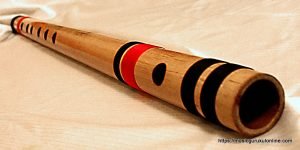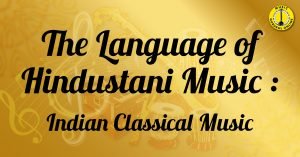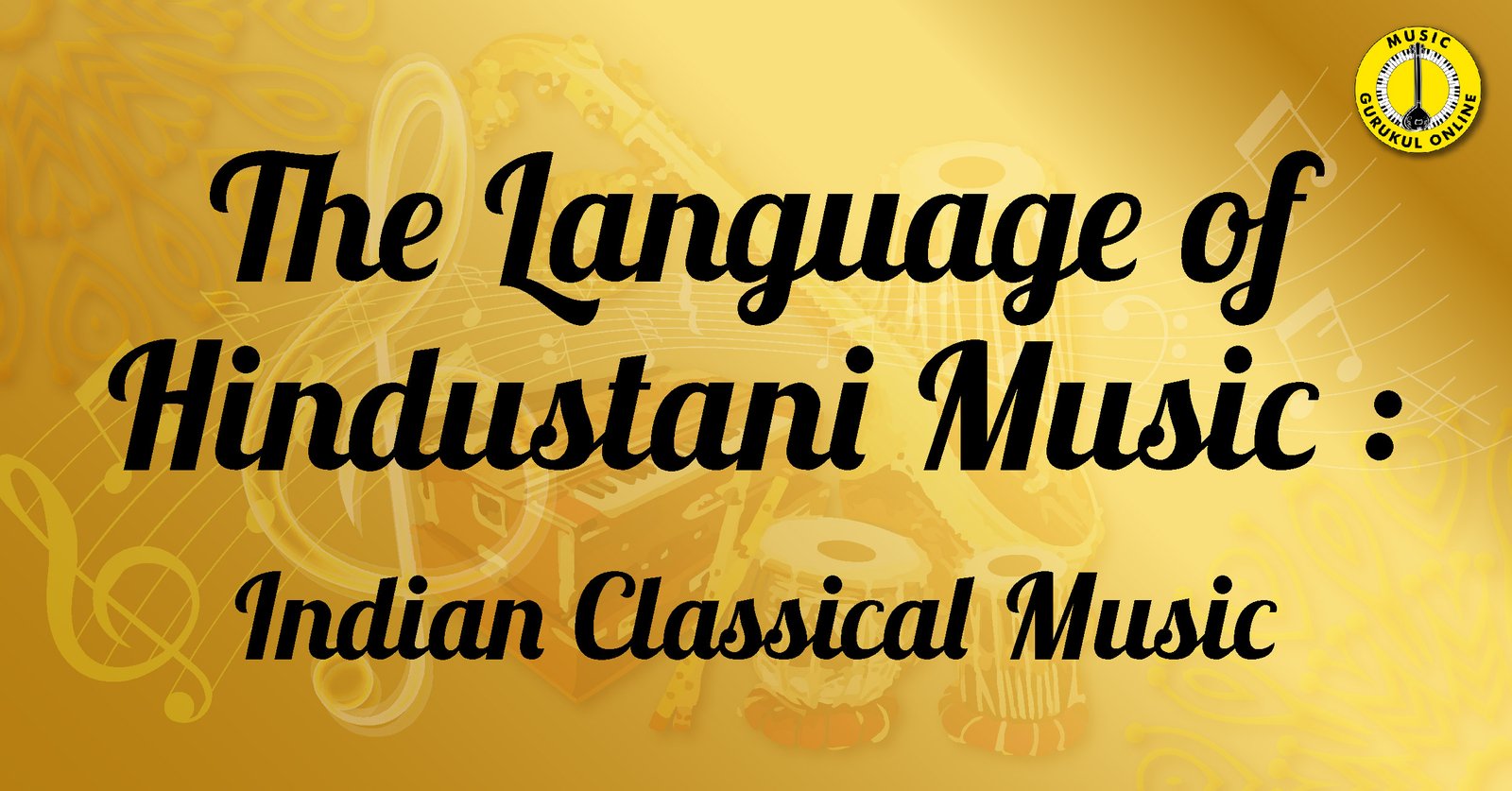To understand and appreciate Indian classical music, it might be helpful to look at it as a language, which has its own alphabet and grammar. There are definite and specific ways in which the letters of the alphabet are put together to form words, and words are woven together into sentences.
The Language of Hindustani Music

Indian Classical Music has its own alphabet and grammar …
In order to grasp and imbibe what the musician is trying to convey, we have to first familiarise ourselves with the basic elements and components of this language, the actions and processes which build up the structure, and the logic governing them. This will be our attempt through these tapes as we explore the fundamentals of our music.
Here is a short Audio-Glossary of terms that are frequently used in Indian classical music. It is divided into two parts. The first part deals with Hindustani music and the second with Carnatic music. There are some terms that are common to both. Sometimes these are used in the same connotation and sometimes they are used differently in the Hindustani and the Carnatic tradition.
The Language of Hindustani Music – Indian Classical Music
We have kept the common terms in both sections so that one can find all the necessary information in one place. But this has also, inevitably, led to some repetition.
In the presentation, each term is explained briefly followed by short illustrative pieces. Our effort is not to make a comprehensive and scholarly dictionary but something living and useful for a lover of music, who wants to get an insight and a true feel for the music of India.
The terms, therefore, have not been arranged alphabetically but organically and logically, that is to say, according to the place they occupy in relation to other terms and the whole. We have kept the explanations brief and simple letting the illustrations convey the meaning to the extent possible. Sometimes these are very obvious and clear. Others require a trained ear to catch the particular point being conveyed.
While listening to the commentary we must keep in mind that as Indian classical music is very ancient, at times various terms have been used to express the same idea. Sometimes the same word allows for many interpretations. There are words that have undergone modifications in meaning and emphasis over the ages. Different schools may use the terms in slightly different contexts.
One must also remember that rules and definitions came after the event and not before. Moreover, no musician decides before his performance to produce a grace for effect or a Bhava at a particular point. All these happen spontaneously and subconsciously.
An Audio-Glossary may be useful in several ways. It may help us to understand the structure of Indian classical music, to communicate and share our experiences with others, to gather more information from books, and increase our knowledge and appreciation. But it can never replace the real thing which is to listen to good music and, if possible, to play and sing it. Otherwise, it would be like reading a good book about swimming, without ever entering the blue waters.
NB. The system of transliteration is given on page 263.

Read More on Indian Classical Music :
